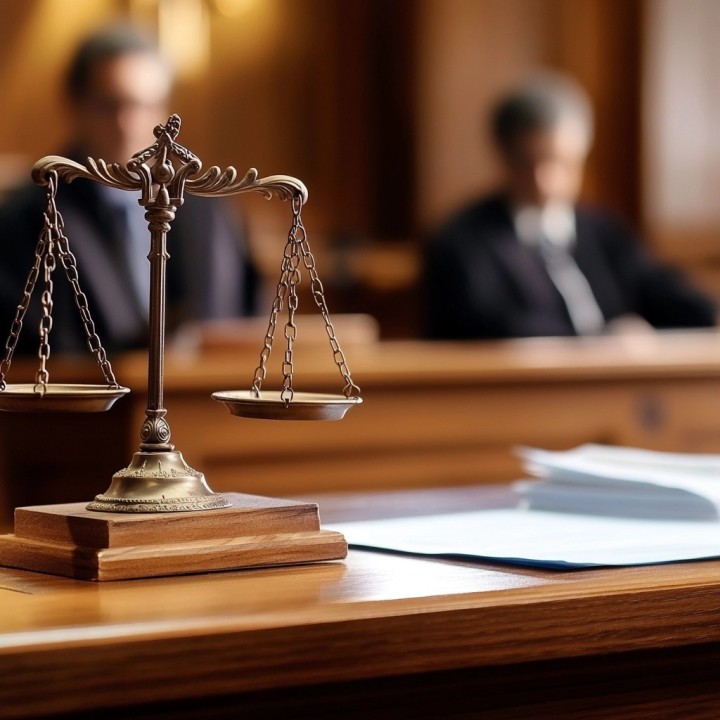Introduction
When a person is arrested, one of the first steps in the judicial process is the bail hearing. This hearing is critical because it determines whether the defendant will be released from custody while awaiting trial or if they will remain detained. Defendants have several rights during a bail hearing to ensure that the process is fair and just. These rights are designed to protect the accused and ensure that their liberty is not unduly restricted.
Understanding Bail Hearings
What is a Bail Hearing?
A bail hearing is a legal proceeding in which a judge determines whether a defendant should be released on bail before their trial. The judge considers several factors, including the nature of the charges, the defendant’s criminal history, and the risk of flight.
Purpose of Bail
Bail serves two primary purposes: ensuring that the defendant appears at future court dates and protecting the community from potential harm. Bail can be set in various forms, such as cash bail, bail bonds, or personal recognizance.
Rights of Defendants at a Bail Hearing
Right to Counsel
Defendants have the right to be represented by an attorney during a bail hearing. If the defendant cannot afford an attorney, the court must appoint one. Legal representation ensures that the defendant’s rights are protected and that they receive a fair hearing.
Right to a Prompt Hearing
The defendant has the right to a prompt bail hearing, typically within 48 to 72 hours of arrest. This promptness is crucial to prevent unnecessary detention and to address the issue of bail quickly.
Right to Be Present
Defendants have the right to be physically present at their bail hearing. This presence allows them to hear the charges against them, participate in the proceedings, and confer with their attorney.
Right to Challenge Evidence
During the bail hearing, defendants have the right to challenge the evidence presented by the prosecution. This can include questioning the validity of the charges and presenting evidence or witnesses to support their case.
Right to Present Evidence
Defendants can present their own evidence to argue for a lower bail amount or for release on personal recognizance. This evidence might include proof of community ties, employment, family obligations, or a lack of criminal history.
Right to Be Heard
The defendant has the right to speak on their own behalf during the bail hearing. This right allows them to personally address the judge, explain their situation, and argue for a favorable bail decision.
Factors Considered in Bail Determination
Nature and Circumstances of the Offense
The severity of the crime and the circumstances surrounding it play a significant role in determining bail. More serious charges typically result in higher bail amounts.
Criminal History
A defendant’s past criminal record is considered during the bail hearing. A history of previous offenses, especially those involving violence or failure to appear in court, can impact the judge’s decision.
Risk of Flight
The judge assesses the likelihood that the defendant will flee if released on bail. Factors like community ties, employment status, and family connections are evaluated to determine this risk.
Danger to the Community
The potential threat the defendant poses to public safety is a crucial consideration. If there is a significant risk of harm to others, the judge may set a higher bail amount or deny bail altogether.
Bail Conditions
Types of Bail
- Cash Bail: The defendant pays the full amount in cash to the court.
- Bail Bond: A bail bondsman pays the bail amount for a fee, typically a percentage of the total bail.
- Personal Recognizance: The defendant is released based on their promise to appear in court.
Conditions of Release
Defendants released on bail may be subject to certain conditions, such as regular check-ins with a bail officer, travel restrictions, or electronic monitoring. These conditions are designed to ensure compliance with the bail agreement and mitigate any risks.
Common Questions About Bail Hearings
What happens if the defendant cannot pay bail?
If the defendant cannot afford to pay bail, they may remain in custody until their trial. In some cases, they can request a bail reduction or appeal the bail amount.
Can bail be denied?
Yes, bail can be denied if the judge determines that the defendant poses a significant flight risk or a danger to the community.
What is a bail bond?
A bail bond is a financial arrangement in which a bail bondsman agrees to pay the bail amount on behalf of the defendant, usually for a non-refundable fee.
Can bail conditions be modified?
Yes, bail conditions can be modified. The defendant or their attorney can request a bail hearing to seek changes to the conditions of release.
What is personal recognition?
Personal recognizance is a type of bail where the defendant is released without paying money, based on their promise to return to court and comply with any conditions set by the judge.
How is the bail amount determined?
The bail amount is determined based on factors such as the nature of the offense, the defendant’s criminal history, the risk of flight, and potential danger to the community.
Conclusion
Bail hearings are a fundamental part of the criminal justice process, providing defendants with an opportunity to secure their release from custody while awaiting trial. Understanding the rights of defendants at a bail hearing is essential for ensuring a fair and just process. These rights, including the right to counsel, a prompt hearing, and the ability to challenge evidence, are critical to protecting the liberties of the accused. By being aware of these rights and the factors considered in bail determinations, defendants can better navigate the judicial system and advocate for their release.









